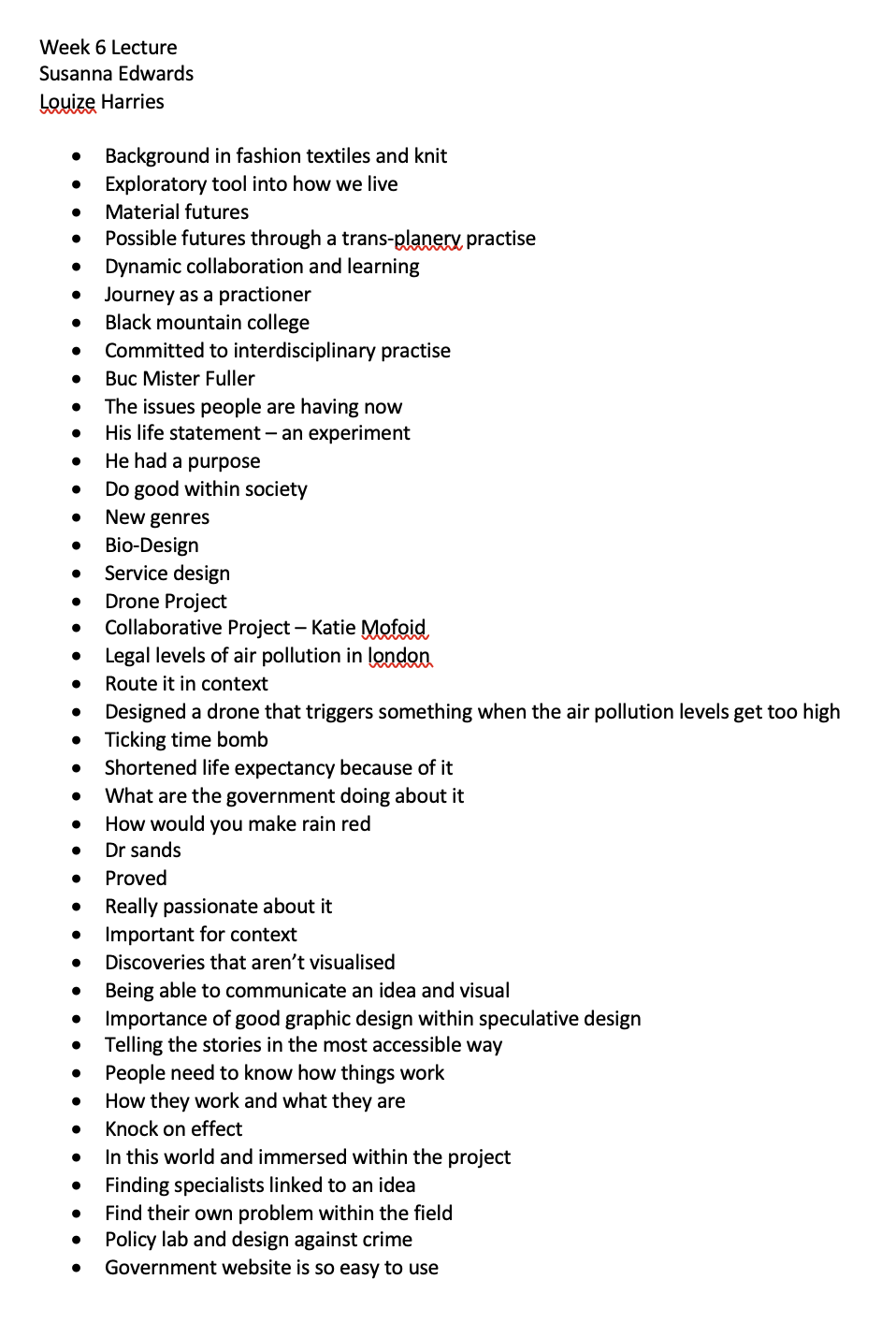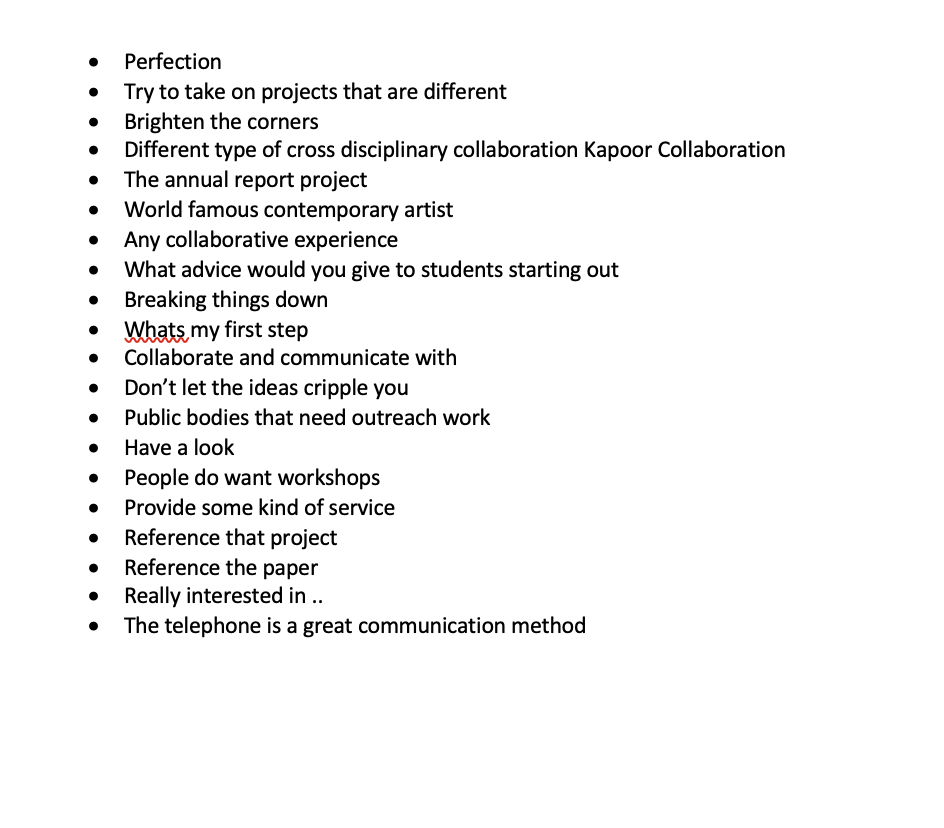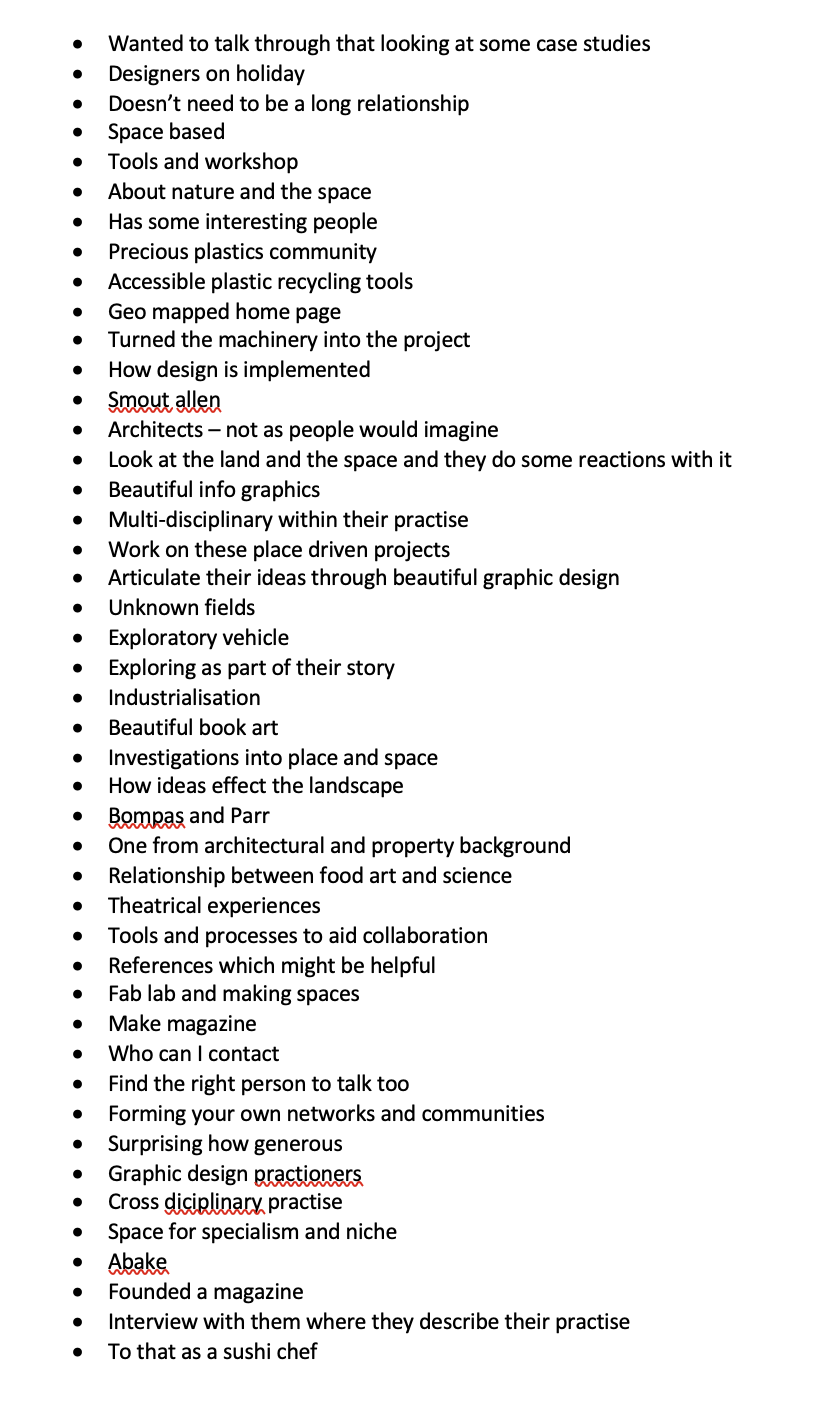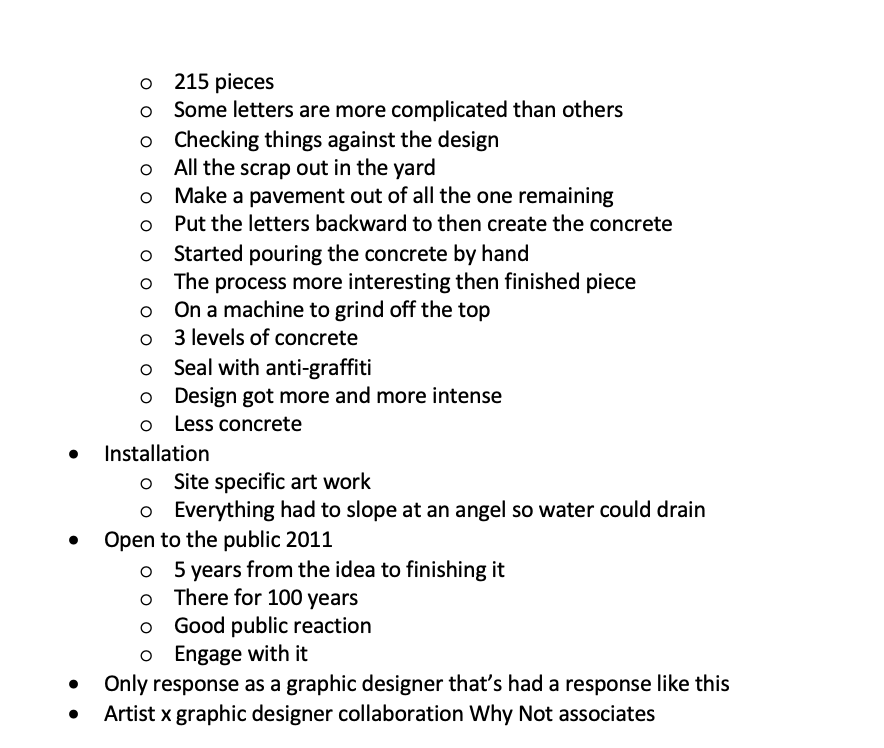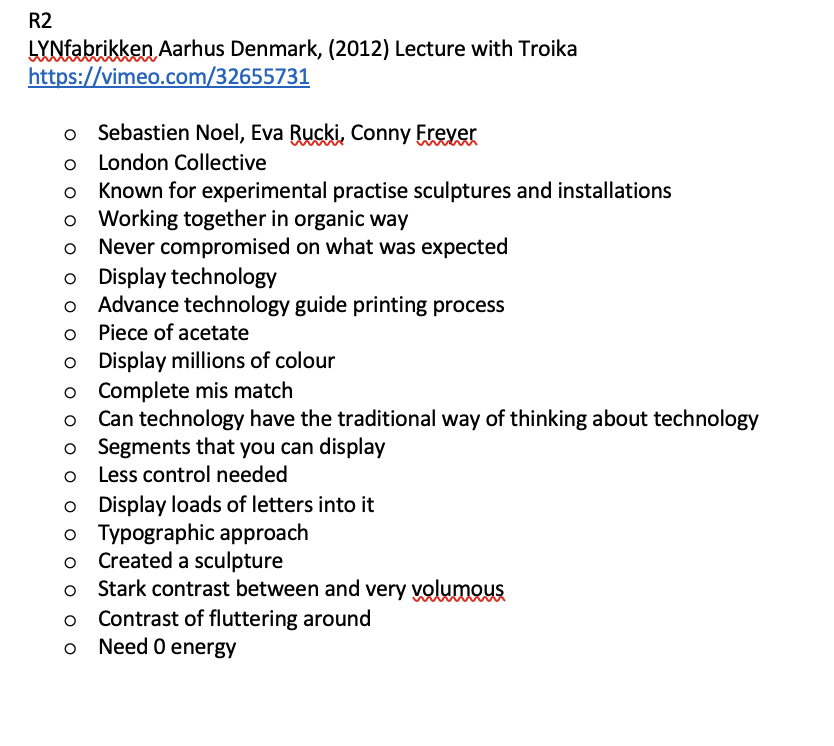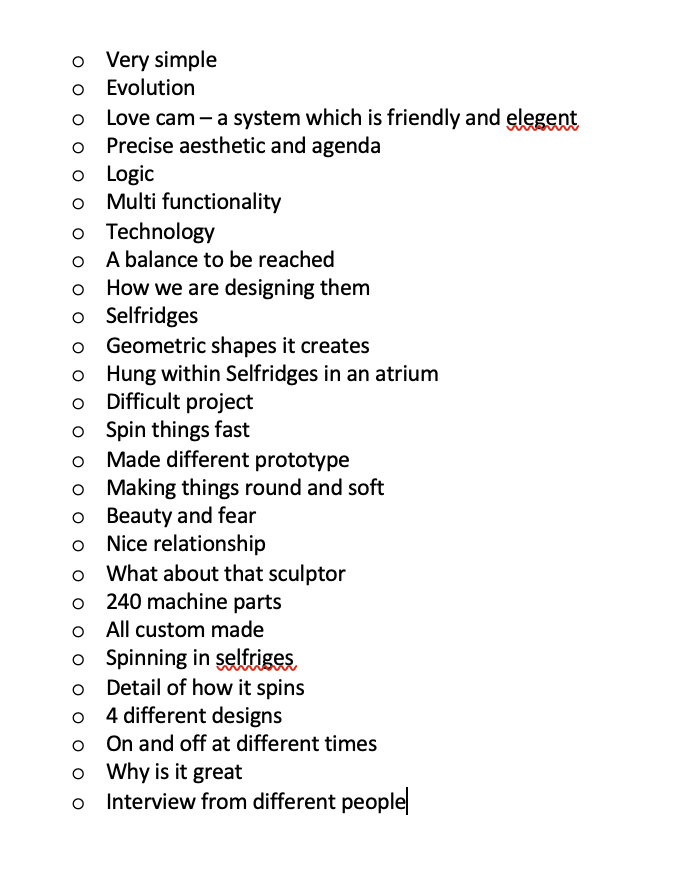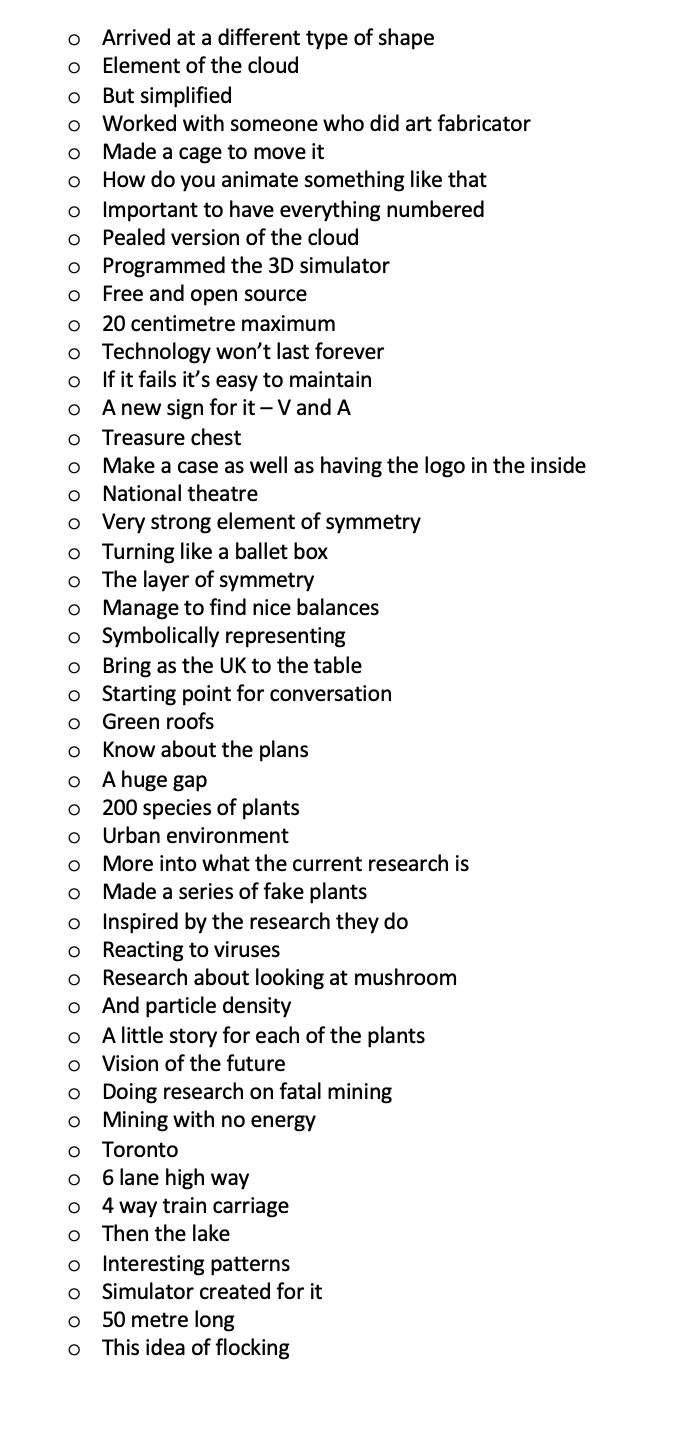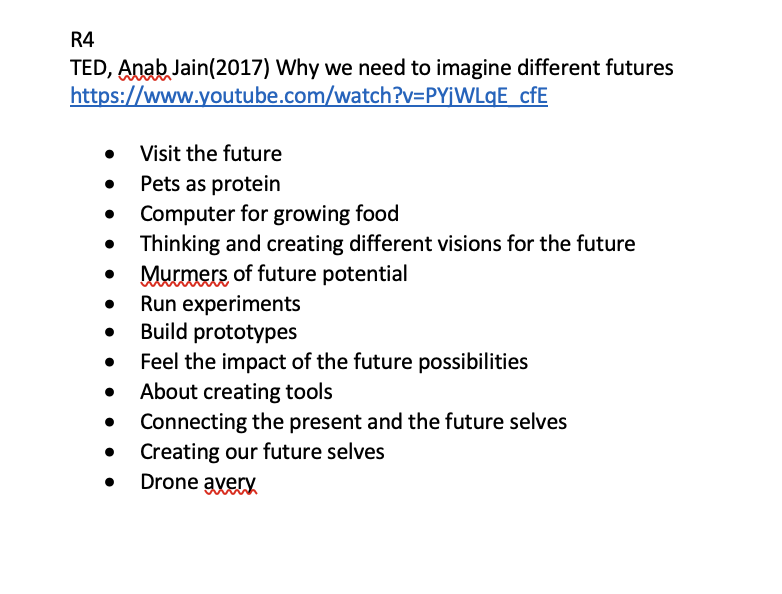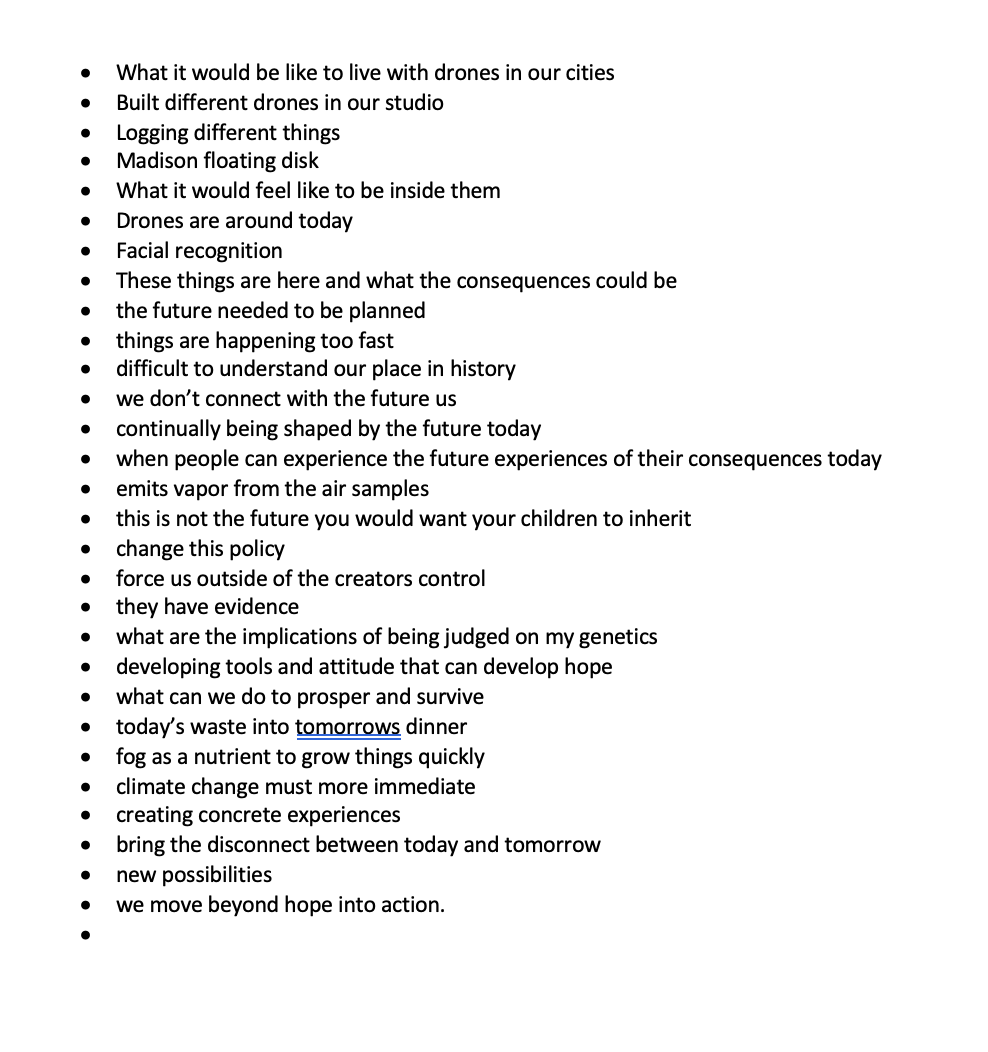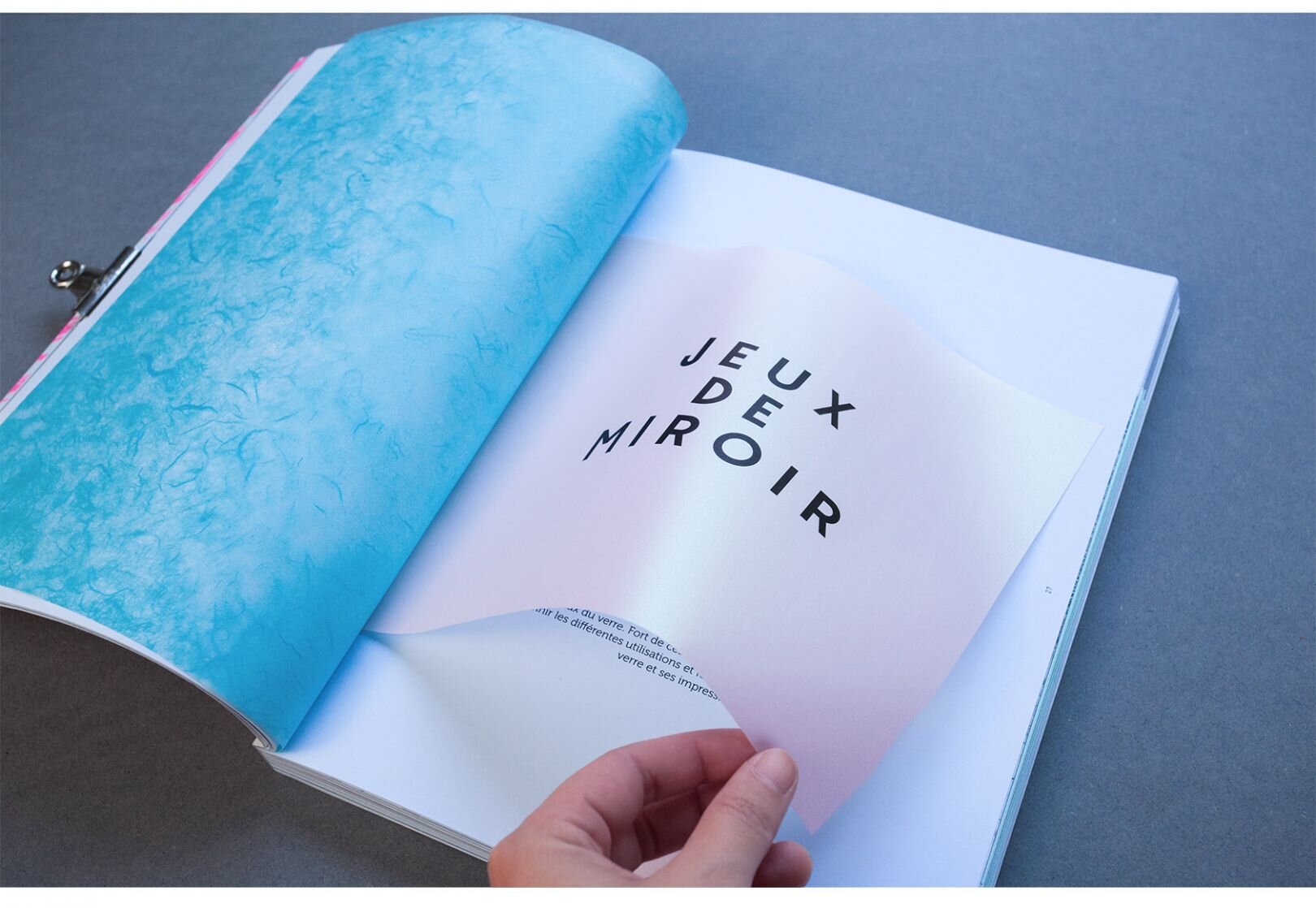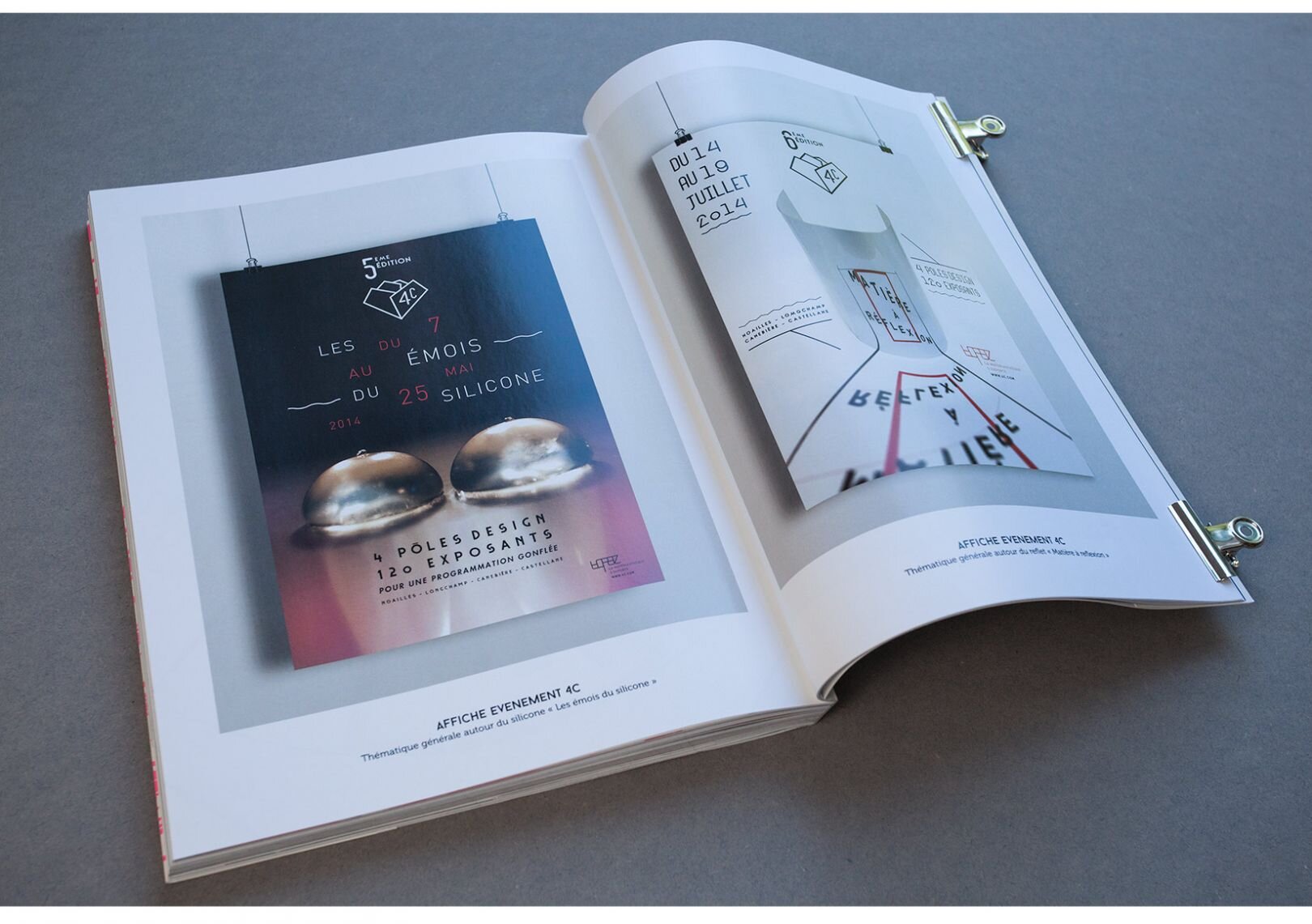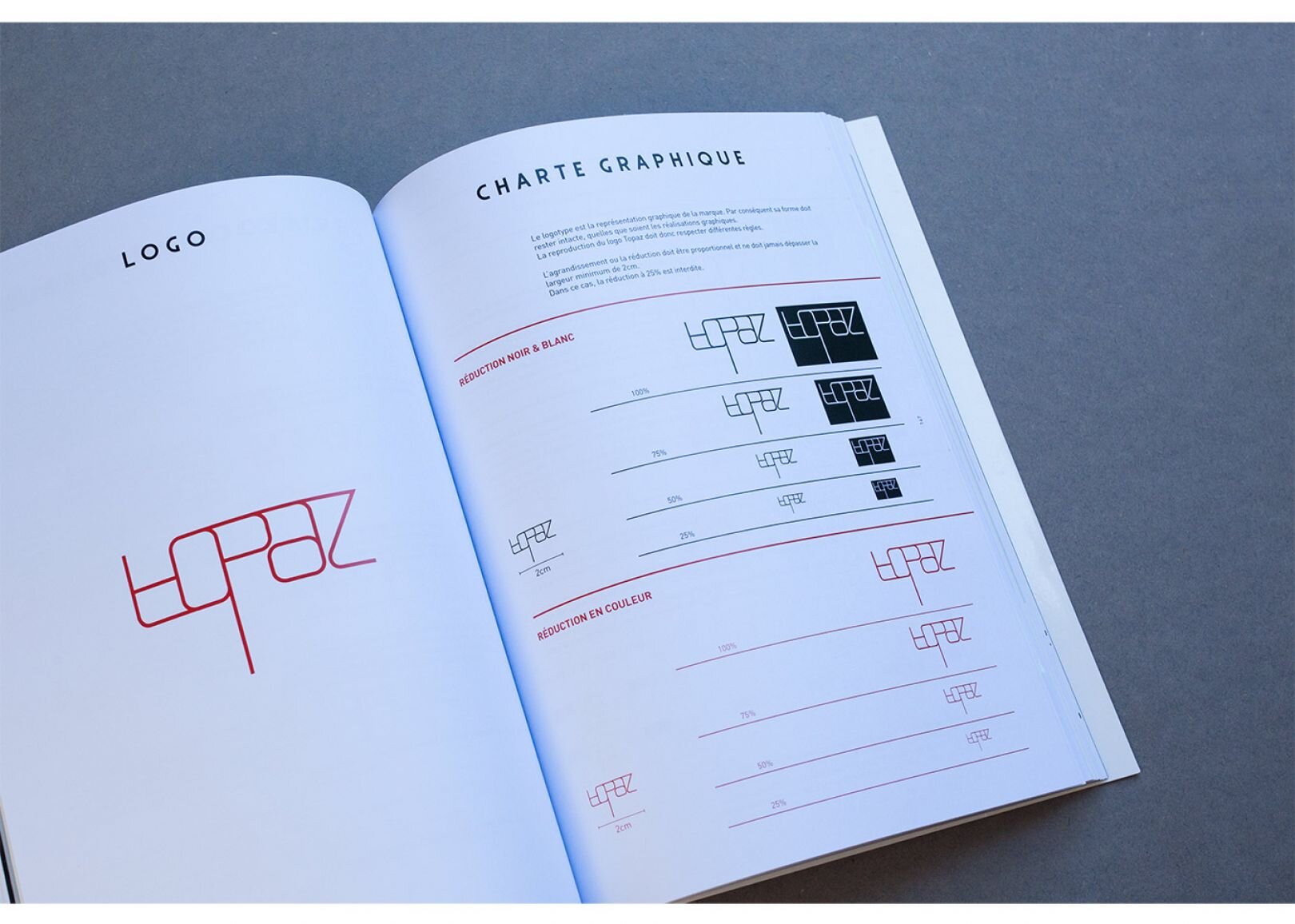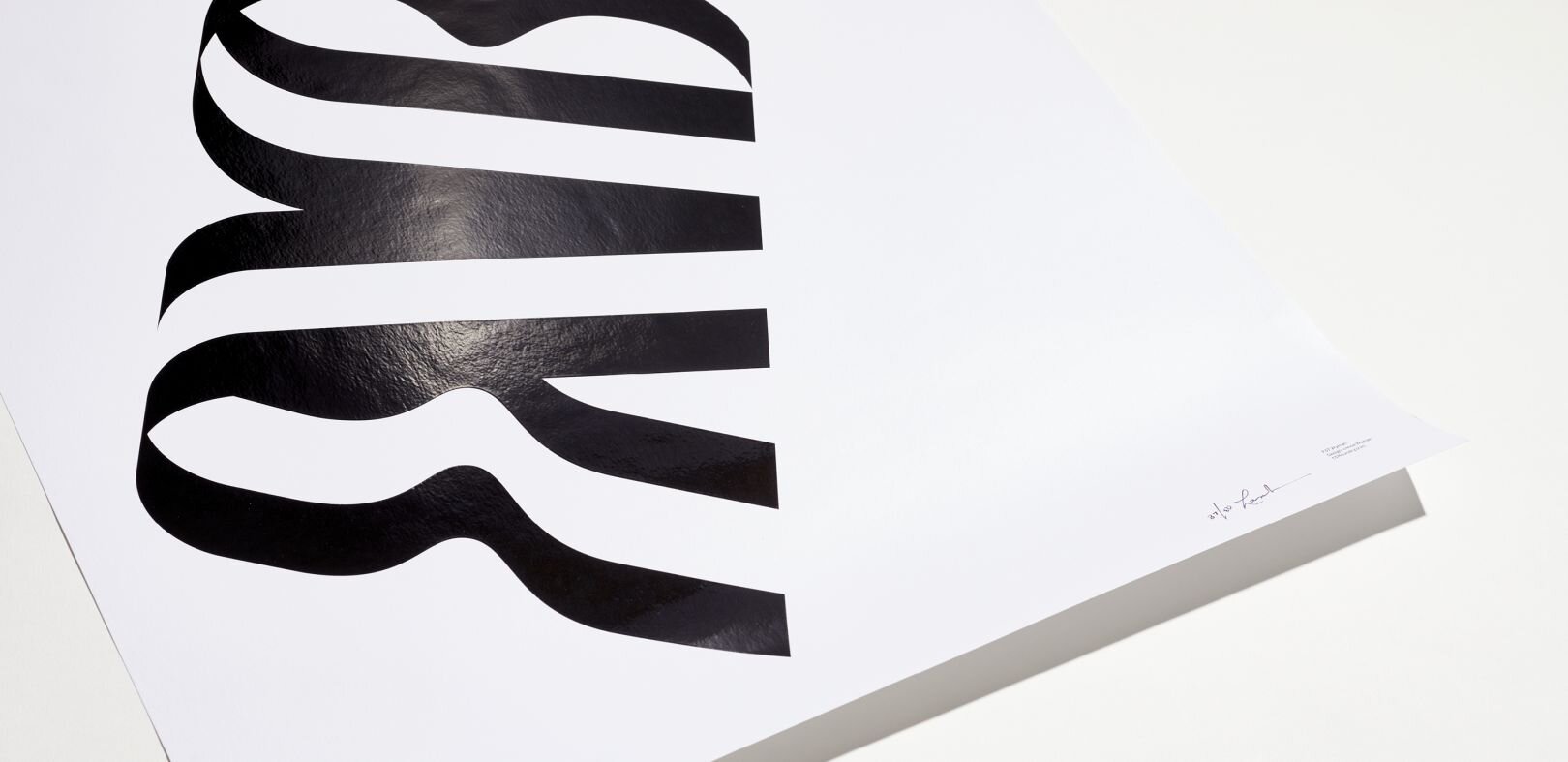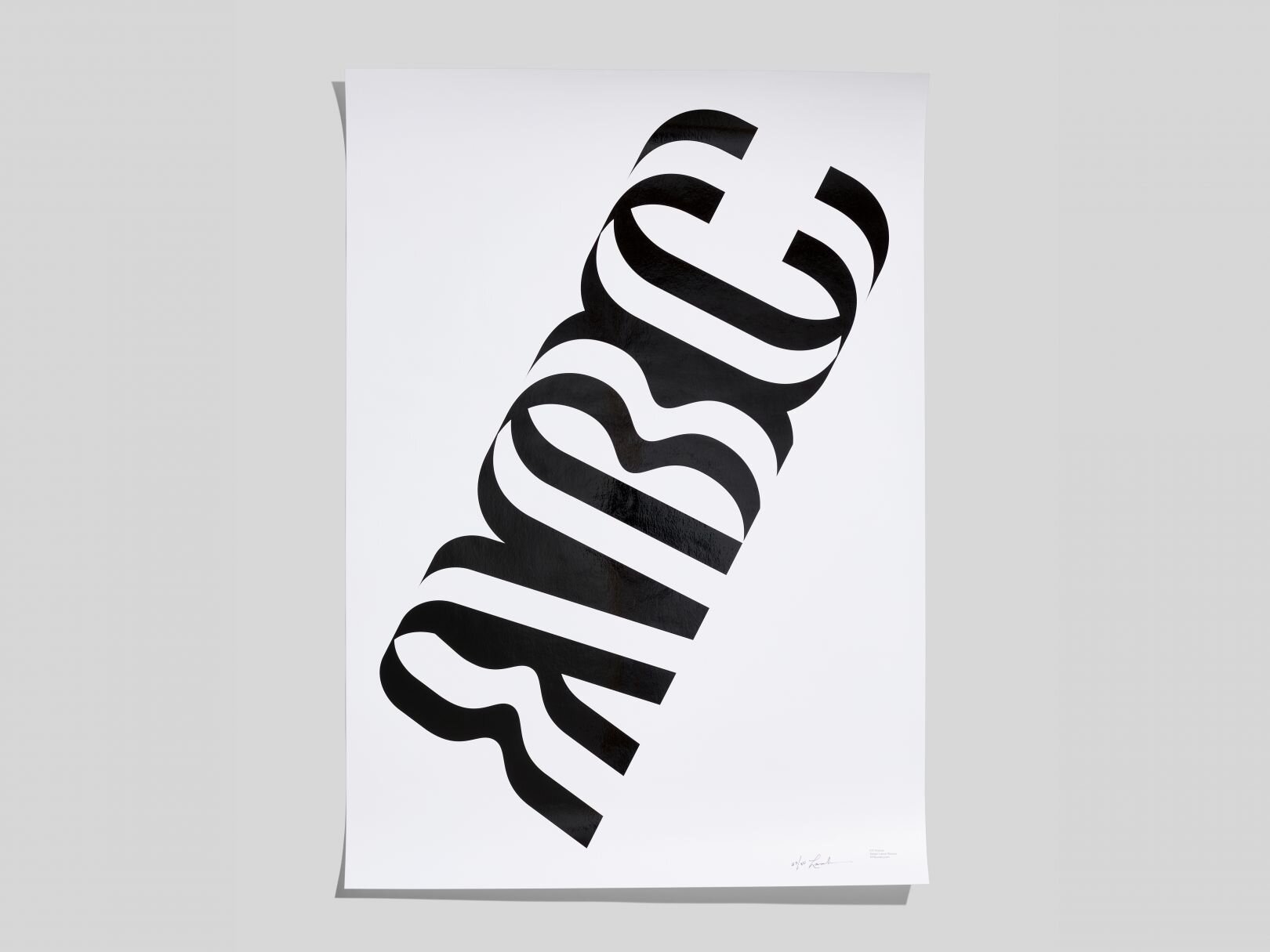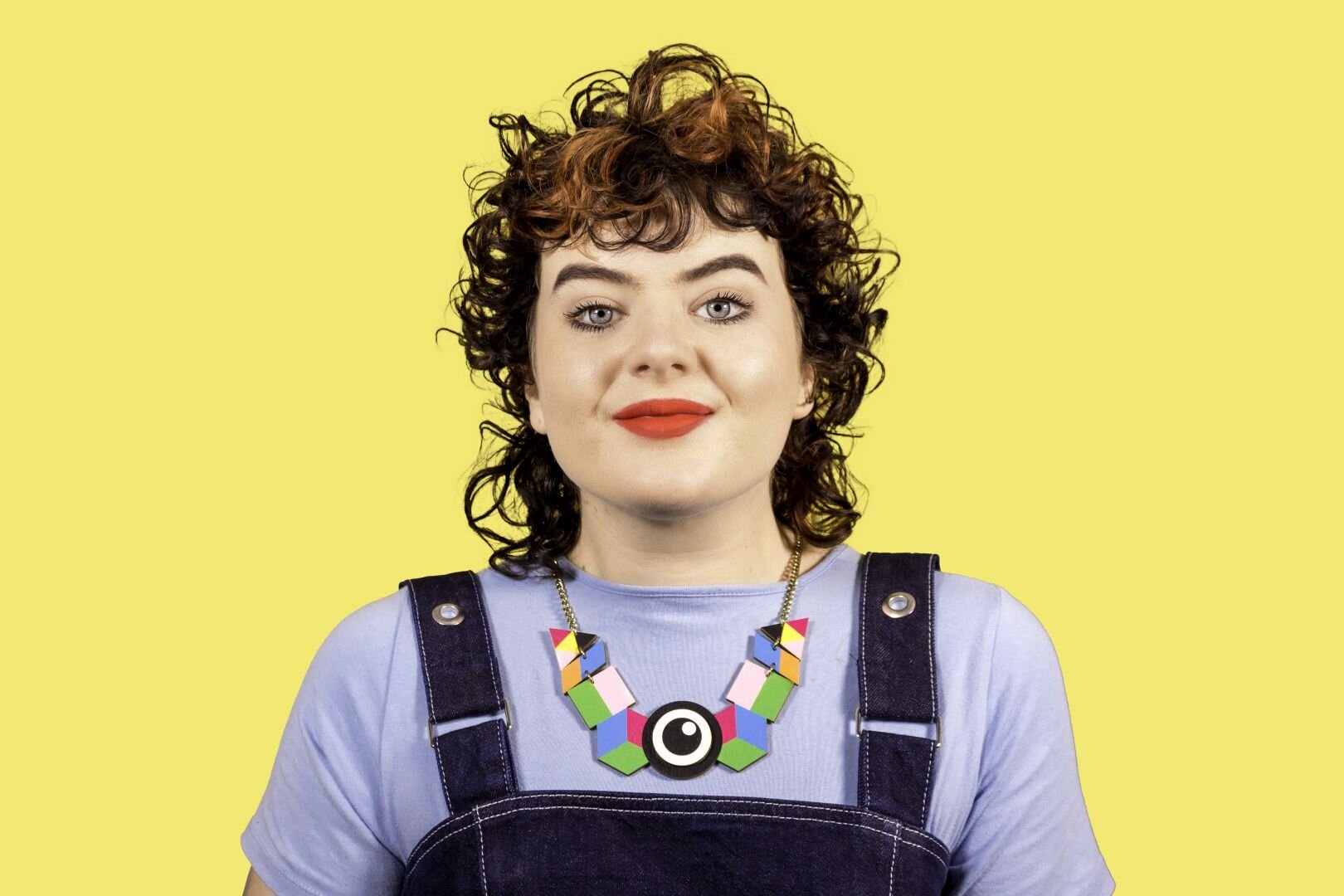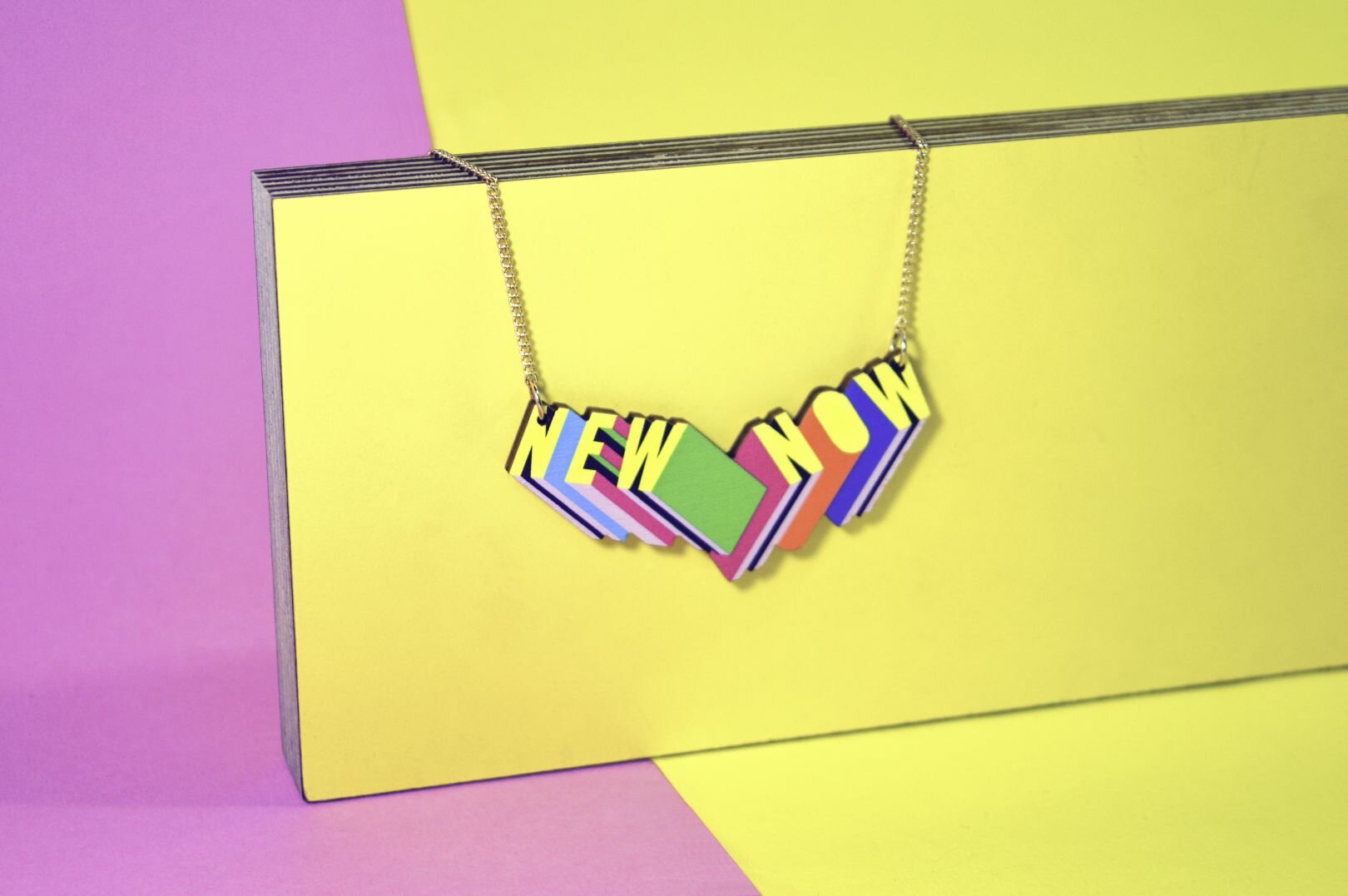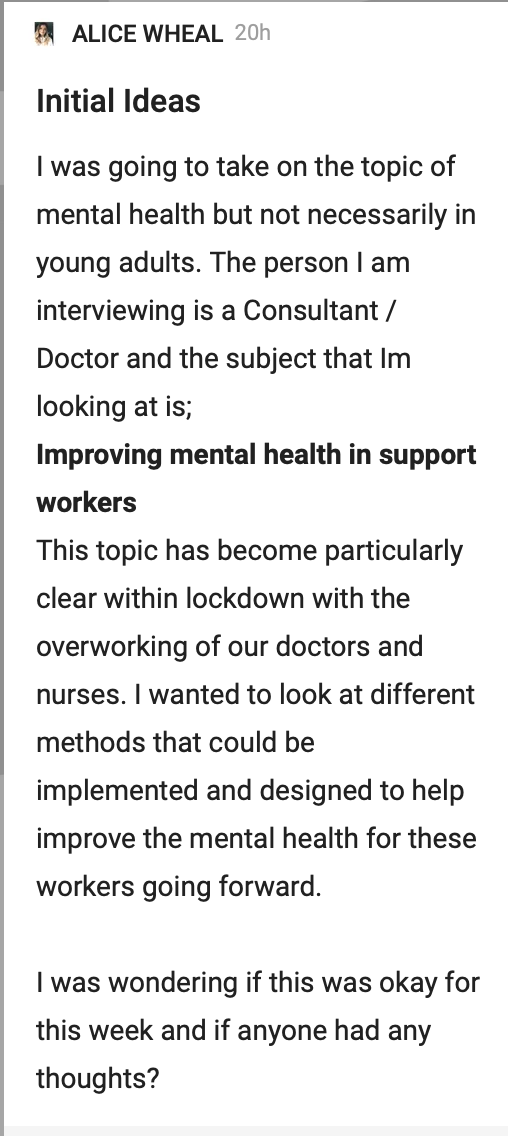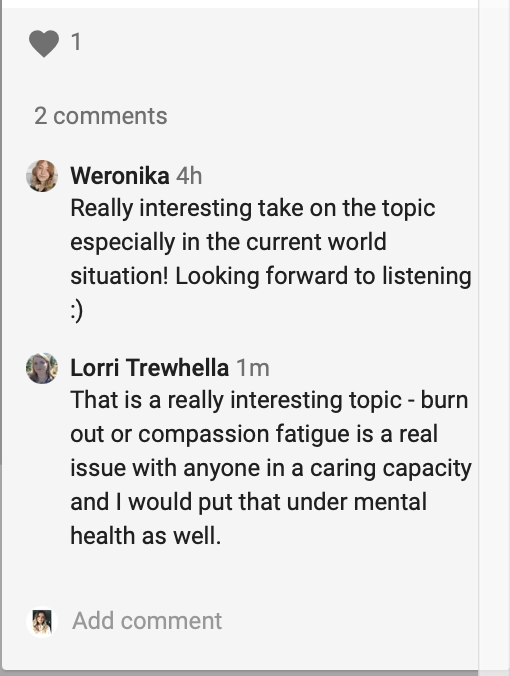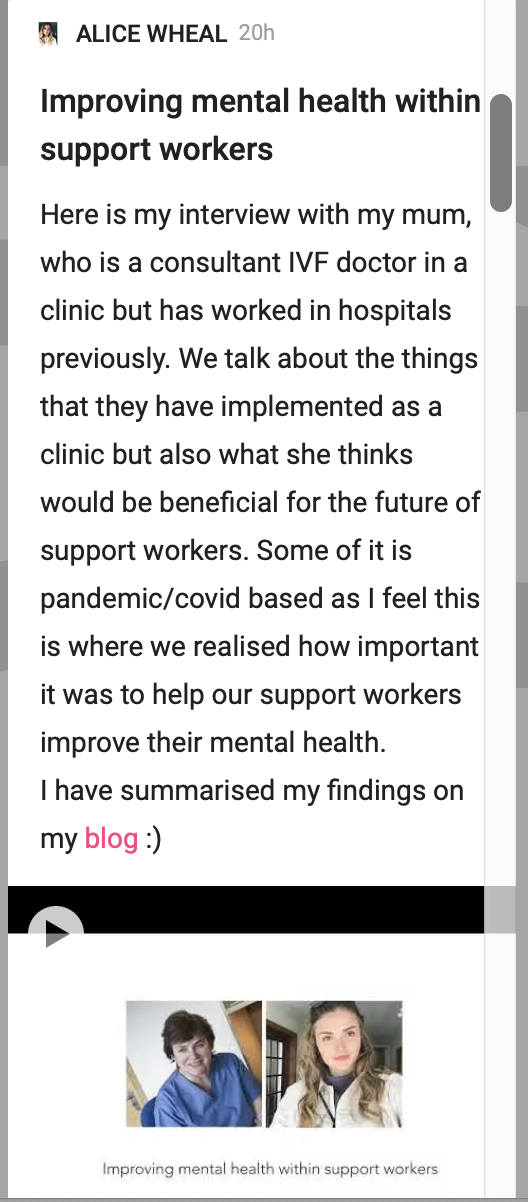Week Six
Lecture Notes
Lecture Reflection
A really fascinating lecture with the guest Louize Harries who worked on the BCI project with children. It was really interesting learning that she worked in textiles but went really out of her way to do a project looking at how this tool can be used to personalise marketing, which was really scary. THe lecture then went onto discuss other types of methods and places to get to collaborate with people as well as some helpful resources on other design projects which I will research a bit more below:
Open Cell
Designers on Holiday:
Precious Plastics Community, Dave Hakkens open source:
https://preciousplastic.com/solutions/community-platform.html (Links to an external site.)
Smout Allen:
http://www.smoutallen.com/ (Links to an external site.)
Unknown Fields Division:
http://www.unknownfieldsdivision.com/ (Links to an external site.)
Bompas and Parr:
http://bompasandparr.com/ (Links to an external site.)
Advice and Tools for Collaborative Working:
http://universityoftheunderground.org/ (Links to an external site.)
https://london.hackspace.org.uk/ (Links to an external site.)
https://biohackspace.org/ (Links to an external site.)
http://www.troytown.org.uk/ (Links to an external site.)
http://createlondon.org/new-projects/ (Links to an external site.)
https://www.hackspace.org.uk/ (Links to an external site.)
https://openworkshopnetwork.com/ (Links to an external site.)
https://www.norwichfarmshare.co.uk/ (Links to an external site.)
https://machinesroom.co.uk/ (Links to an external site.)
https://fablabs.io/labs (Links to an external site.)
https://schoolofthedamned.tumblr.com/ (Links to an external site.)
Abake:
Interview about collaborative practice for Precarity Pilot - http://precaritypilot.net/abake/ (Links to an external site.)
Anish Kapoor:
https://www.itsnicethat.com/articles/brighten-the-corners-annual-report (Links to an external site.)
http://anishkapoor.com/ (Links to an external site.)
https://www.itsnicethat.com/articles/brighten-the-corners-anish-kapoor
Resource Notes
R1
R2
R4
Resources Reflection
R1
Within this resource, it was about the collaboration of artist and graphic designer to create the walkway outside the Blackpool tower. This was overall a 5 year process which is so crazy to hear them talk about the process of designing and the researching behind the project to then the cutting out at the factory. This then went on to be poured concrete and then placed. I think this just showed the amount of research for such a huge project but also so much dedication to give the comedians what they deserve.
R2
This lecture with Troika spoke about some of the work that they have done over the years, a-lot of the time they try to be futuristic with the things they come up with. 3 of the favourite projects that they spoke about for me was the V&A chest, they described the thoughts behind this as the V and A being a treasure-chest and you never know what you are going to find. This then translated to the outcome being this symmetrical turning V&A logo within the chest. The other project that i really liked was one where they were looking at plants and how in the future there might be something of how plants can change colour if theres a virus near which after the pandemic, I think we all need. The final project which i found inspirational was the Selfridges one, they created something that was elegant but also looked appealing with the technology and the nuts and bolts that they used.
R4
This final resource, I have looked at in a previous module. I love in this Ted Talk that Anib talks about the future of technology and creating our world for the future and how we can bridge the gap between today and tomorrow. I said this previously, but I’'ll mention it again, the two projects that she spoke about really stood out for me and those were both to do with air. The first one was talking about if they will take public transport and then she gave them an example of what the air would be if they didn’t change their policy. Which is a scary thought but then she went onto talk about the other project shes been working on, creating an air purifier out of recycled things that can be created in the future. Both really inspirational projects that hopefully will catch on so we can start thinking about climate change now.
Research
Research and analyse how interdisciplinary collaboration can form exciting partnerships in graphic design.
Research and analyse new genres of design specialism.
From the lecture this week, I wanted to do some research on some of the materials that were mentioned:
Bompass and Parr
I have previously looked a bompass and parr within my last degree but this lecture reminded me how much i love the collaboration within their work. The project below was a stand out for me, it created the first wellbeing playground with spaces that were based around the idea of super charged relaxation. A lot of the features are based around a spa experience. I thought this was one of the more tame collaborations which is why i wanted to include it within this week.
Precious Plastic
I also wanted to touch on the community aspect of the precious plastic, as they have been working of making it so there is someone working on precious plastic in every single country to make a difference. They just want to make sure that they are doing something about the plastic waste problem and to do this there is a whole online community that is collaborating and working together to find a solution to tackle the problem.
Designers on Holiday
Designers on holiday are always looking for the next creative thing. This is a collaborative practise that has been making an array of essential amenities for the locals and holiday makers. One of the projects that stood out for me was:
“ECO TOTS
A learning playground for The Ecology Center based in San Juan Capistrano the Eco tots zone teaches Tots to become architects of the future by redefining the Eco Tots area into a tot sized ecosystem. Children can participate in everything from seed saving to natural dying and recycling, children have the opportunity to gain valuable hands-on experience at a series of activity stations.”
https://www.amazing-designers-holiday-on-the-wonderful-island-of-gotland.com/copy-of-farmvilion
Going on to look at more collaboration:
Graphic X Fashion
This collaboration between a graphic designer, a fashion studio as-well as a tailor that has produced a range of shirts that have been hand printed with geometric shapes. The collaboration also included the packaging design and the art direction. Again not a very typical collaboration but one that has opened doors as a graphic designer. I also feel that when a graphic designer does collaborate with a fashion, sometimes the designs can be rather bold whereas these designs feel very minimal.
United Visual Artists
I wanted to outline on this collaborative studio with an interesting mix of disciplines which are as follows: software designer, production and a graphic designer. Within this article by design week, they talk about how their collaboration works for their design consultancy due to their different skills. They talk about how research and development is the core of their process and enables them to find and explore different fields as-well as re-examining old ones. They also talk about how they create their own tools to make their artwork which also gives them another level of freedom. I thought this was a really interesting company that related to this module.
https://www.designweek.co.uk/issues/16-october-2008/united-visual-artists/
Set Designers
Another project that caught my eye this week was this brand collaboration, Fortnum and Masons collaboration with set designers who are on furlough due to the pandemic. Each designer that was asked to be involved with the project were given creative control. Forum said that they hoped this would be a platform for artists and designers to showcase their talents. This is such a great opportunity and one that doesn’t come often with Fortnum not allowing full creative control, the below image really stood out for me.
https://www.designweek.co.uk/issues/11-17-january-2021/fortnum-mason-set-designers/
Designer X Sound Designer
Yinka Illori and Nick Ryan collaborate to make a dodgem installation. The installation called artful dodgems will be accopanied by interactive musical composition entitled bumps per minute. Dodgem riders will be able to control the composition collectively due to the wire designed together. The courtyard space has also been reimagined by Yinka Illori, who designed the set and staging for the 2021 brit awards. I think this is such a creative interesting concept to use set designers aswell as a sound collaboration to make sure that all your sensory needs are met. This may not again be a graphic to sound designer collaboration, Its one that is creating a new genre of design.
https://www.designweek.co.uk/issues/5-11-july-2021/dodge-yinka-ilori-somerset-house/
Graphic Designer X Graphic Designer
Caroline Valette and Raphaelle Lasausse are both french graphic designers who are based in different places in the world. They worked on this collaboration, which is called Topaz Project. Their concept and design is to fill an exhibition space which can be seen throughout the 300 page book. The proposal includes hosting designers that work with a variety of materials to exhibit and shape new trends. Looking through the images of the book, the book has been designed in such a beautiful way that adds to the ideas that they are discussing within.
Rick Banks collaborates with Lance Wyman
Lance Wyman created the USA Bicentennial font in 1976, which Rick Bank rediscovered and wanted to collaborate with Wyman on making it Digitised. There were a lot of files sent back and forth and this is the final product. The font is so beautifully elegant as-well as being iconic.Lance even redesigned some of the letters as they went along, but they didn’t work so they both agreed that the original was better. Both talking about the process being really fun as-well as celebrating a bicentennial. This is a direct graphic design to graphic design collaboration but something amazing has come as the outcome.
https://www.creativeboom.com/resources/rick-banks-x-lance-wyman/
Morag Myerscough collaborates with Tatty Devine
After looking at Morag within the past couple weeks, when doing my research this week I came across this collaboration. Tatty Devine is a jewellery brand which was founded in London. Due to both aspiring to bright colours and happiness within the world, it was a natural connection for them to collaborate together. The main concept behind the jewellery pieces is taking her larger installation pieces and making them smaller to wearable pieces. Although this isn’t a direct graphic designer collaboration, I feel that Morag has this graphic sense to her work which comes through. It was nice to read about such a natural collaboration with the same morals being kept throughout the partnership.
Ben Cullen Williams
The living archive
Collaboration with wayne mcgreggor and google arts centre
Rooted in the practise of sculpture
Like to draw on a range of fabrication processes
Changing world that we live in
Photography and film to understand the world that we move around in
alter and change the physiological state
what is the living archive
AI experiment for chorography
captures the movement
created by him and his dancers in collaboration with the tool
Collaborate closely
confronted by the coders.
the tool was outputting stick figures
really need to push it further
if a computer was to dance how would it dance
AI generated chorography
the movement moves around the space
went onto investigate the visualisation of the code
animated lines
code made physical
simple form
moving landscape
socially condition to understand beauty in a certain way
all of this was left within
authentic and real
move and express themselves in a certain form
movement in a whole spectrum of ways
AI movement code
some was ugly and strange
a strong presence of technology
like own bodies
strong presence
stripping away the skin
reflecting as the work drew to a close
biggest learning curve, changed way that look at the world.
Workshop Challenge
What are the advantages of interdisciplinary provocation and how could you utilise this approach in your practice?
Put theory into practice and spend an hour brainstorming ideas based on the following challenge and who you would choose to work with.
Identify a discipline and specialist who could help you to reflect from a dynamically opposing position on a specific problem.
Pick one of the issues below and discuss with your chosen individual how you may solve the challenge. This should ideally be recorded as an audio podcast. Our interest in this also relates to the way in which different disciplines discuss an issue and their manner and approach in communicating differently, as well as how you would capture this.
As a guide, please evolve your own strategy for bridging the questions. Equally, you may wish to also consider the core issues: how would your specialism solve this and how different is this to the expected design thinker?
Do not forget to consider the communication style you would use to encourage interdisciplinary dialogue.
Finally, how do you summarise these findings in a way that is acceptable to both collaborators?
Improving mental health in young adults.
Reducing pollution in inner cities.
Encouraging greater engagement with galleries and museums.
Reducing isolation and loneliness.
Promoting greater community cohesion.
Imagine and design a communication style to encourage interdisciplinary dialogue
After looking at this weeks task, I wanted to look at mental health in young adults. I discussed with my mum who’s a doctor, ways that we could approach this but it didn’t feel like it was relevant to the present day. I changed the approach to looking at the how to improve mental health within the health sector? This feels particularly relevant especially after the pandemic with the over working of health workers, of which my mum worked throughout. I wanted to look at some case studies where there was collaboration with the designers as well a doctors which is where i found the case study below:
Whittington Hospital Pharmacy - Prototyping improving patient experience
Working together with designers, doctors and patients look at how to use the space and redefine their user experience. Previously using questionnaires, there has been low participation. The designers worked together over a year to analyse what was needed. This co design enabled the users to work out what was best for them, these points have now been implemented:
After posting on the ideas wall, I began to research about different ways that were already available in terms of improving mental health within health workers:
HETA Architects:
https://hetaarchitects.com/Insights/2021/02/A-Wellness-Pavilion-Designed-to-Support-Staff-in-t
Within this article by Heta Architects, i talks about the concept that they have designed for a wellness pavilion to help improve physical and mental health for NHS staff.
“Royal College of Nursing revealed that 76% reported increased stress levels, with 91% saying they are concerned about the general wellbeing of those in nursing. In July 2020, 36% of nurses were contemplating leaving their profession.
Nearly 70% of wider health care workers also report a decline in mental health during the crisis and this has led to higher instances of sick leave and resignation, resulting in knock-on effects for wider teams and colleagues.
For some the stress levels have been so high that 45% of staff reported symptoms that could be considered indicators of post-traumatic stress disorder. “
The above stats and figures were shocking to me and was unsure what the NHS were going to do about it, they talk about how the NHS has investigated the wobble rooms, which is a quiet space to retreat and seek help but these spaces are also not universal and a short term solution to the problem.
In response to this, they have designed a space that provides counselling, coaching and wellbeing sessions. The space is inspired by the landscape as it invites the nature in. It is great to see something like this space even being discussed especially as we all know the front line workers urgently need it. I look forward to taking this knowledge in to my interview.
Mind:
Within this article, it talks about how the NHS have announced 40 dedicated support hubs that will be open to support and promote mental health for NHS staff. There is also a speech from Paul Farmer and I thought his words were interesting.-
“These hubs are an important step forward when it comes to recognising and tackling poor mental health within the NHS. In April last year, Mind, Samaritans, Shout 85258 and Hospice UK, with support from The Royal Foundation launched Our Frontline - providing round the clock 1-2-1 support for all key workers for the first time. To date, the Our Frontline website has been accessed 180,000 times, with many text support conversations taking place via Shout 85258"
Even before the pandemic many healthcare staff told us they were struggling with the toll things like long and unsociable working hours and excessive workload were taking on their mental health”
But will these hubs be enough for the NHS and will the workers make the most of them?
Uk parliament:
https://post.parliament.uk/mental-health-impacts-of-covid-19-on-nhs-healthcare-staff/
The last article that i saw was by Claire Wilson and posted on the Parliament website.
“NHS staff may have experienced a significant change in their work patterns and roles, exposure to infection and isolation from family and friends during the COVID-19 pandemic.
There are reports of burn-out, anxiety and depression among staff.
Staff have also reported positive outcomes of greater team cohesion and increased support from colleagues during the pandemic.
Initiatives that have been developed to support NHS staff include psychological first aid training, online peer support and a telephone support line.”
Within the article, the problems were addressed about the stress, guilt and PTSD that a lot of NHS workers are feeling. All of this emotion that they are feeling is making the NHS more stressed due to the increased levels of distress, with an increase in more people experiencing mental health. Also talking about how many of the coping mechanisms that were used before have been removed due to the pandemic which has made it even harder. There is also a section on how sickness rates were extremely high for April 2020 than they’ve been in a decade, with the most common being anxiety stress and depression.
Since the beginning of the pandemic, the NHS has implemented a staff support programme, this includes telephone support line and free access to self help online apps. There are also support groups and training programmes available to try and understand more about mental health.
After seeing Ingrid’s post on the ideas wall, it got me thinking about how i was going to approach the questioning of the interview which helped me look at Lightning Decision Jam. This would help me have a discussion / brain storm before the interview to think about the problems, how to solve those problems, how to execute them which is outlined below:
https://uxplanet.org/lightning-decision-jam-a-workshop-to-solve-any-problem-65bb42af41dc
Ways:
Think about Problems
How to solve problems
How to execute problems
Turn those into tasks
This then allowed me to come up with questions that surrounded the profession but also mental health and how it can be improved:
How would your specialism solve this
How different is this to the expected designer
Main Questions:
Do you feel that the mental health has become a prominent factor in the work place over the years you’ve been working?
Have you noticed a decline in mental health since the start of the pandemic?
Has this been a knock on effect with the rest of the team?
What have you done as a clinic to support the team with mental health?
Is there anything that you would want to see change and added to improve health workers mental health across healthcare?
What benefits do you feel this would have on the team?
Main Outcome:
After looking back at the above interview, i noticed we didn’t really talk about design so much as we spoke about how it would be implemented from a managerial role.
Key Summary of interview:
Structure - Within the interview we discussed how there should be someone who is apart of the team that is a mental health person where people go and talk to them weekly or monthly instead of people going out to seek help for themselves. This way it is seen as the norm within the workplace.
A place to go - We also discussed about there should be places to go that are for people with bad mental health or people that just need a break in the day. Also having training around mental health within this space.
Events - Another really important point was how people were feeling alone after the pandemic and to make sure that they felt more connected with their colleagues was doing events / challenges that allowed them to connect and have mutual conversation for those that were struggling.
I re-edited the video with more key points about the design side rather than the manageral side, the video can be seen above.
The key points from the interview were:
Space -
Creating a space that was dedicated to mental health and a space that people can go that was well designed and calming with gender neutral colours.
White Wall -
We spoke about how we could implement colour within hospitals to make the atmosphere of coming to work a bit happier, like the light at the end of the tunnel.
How a designer could help to work with staff to implement changes -
We spoke about a collaborative approach to design when it came to to implementing changes and the effect that this would have on the overall clinic.
Weekly Summary
This week was really interesting especially the lecture to hear about different types of collaboration that enabled such interesting outcomes. Bringing all of this information helped me to research more collaborative methods that involved creating new genre of design.
My only challenge and struggle for this week was the workshop challenge, as having such a broad topic can often leave with a lot of vague questions and answers. Once I had a discussion with my mum, who i was interviewing about the topic, I think we were on the right track which then enabled for an easy conversation with questions to keep the topic on task.
